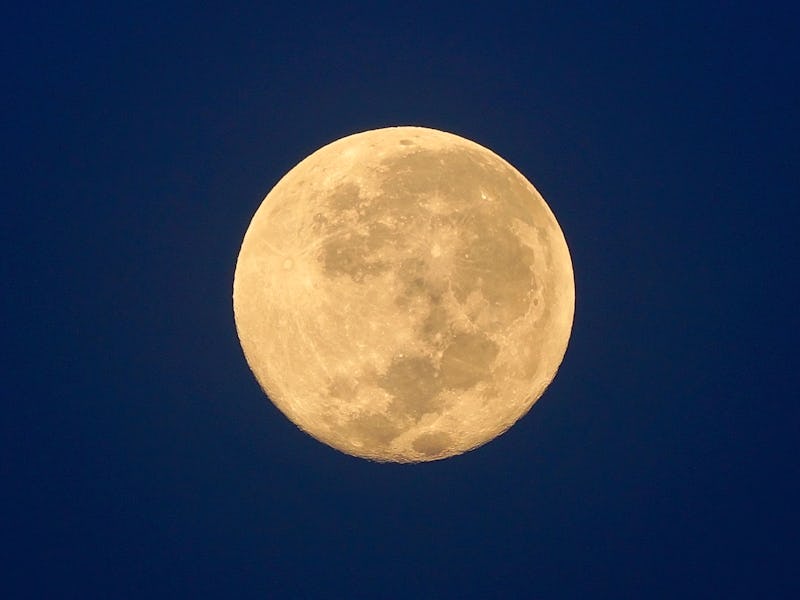Scientists want to build a telescope on the Moon to look at something even older
From the lunar surface, we'll be able to look at the universe' earliest stars.

Ever since astronomers began staring at the sky using telescopes, they have worked to build bigger and better cosmic eyes to help them see deeper into the universe.
Today's telescopes range from large, ground-based telescope arrays to ones that orbit way above us in space. And a team of astronomers is looking to build a telescope like no other, one that looks out onto the very first stars — from the Moon.
You read right. Scientists from the University of Texas, Austin are proposing a telescope to be built on the Moon. This is not a new idea.
The concept was first mooted in the year 2008 by a team of astronomers from the University of Arizona. But after examining the proposal, NASA decided not to pursue the project at the time.
But now scientists want to revive the idea with a specific goal in mind — to be able to study the first stars in the universe that formed shortly after the Big Bang. These stars are known as population III stars.
The proposal is available to read as a preprint, and was accepted for publication in The Astrophysical Journal.
An illustration of what the Moon telescope would look like.
Elusive population III stars are believed to have formed when the universe was merely 100 million years old, before galaxies had started to form. These first stars are thought to be 100 times larger than the Sun, formed from an ancient cosmic mix of hydrogen and helium.
But these first stars have never been observed before since current telescopes are not able to see that far into the universe. Therefore, they remain a theory.
But the team behind the recent proposal believe that by placing a telescope on the Moon, they will be able to see that far when the universe was a mere fetus.
"Throughout the history of astronomy, telescopes have become more powerful, allowing us to probe sources from successively earlier cosmic times — ever closer to the Big Bang,” Volker Bromm, a professor of astronomy at the University of Texas and a co-author of the proposal, said in a statement.
"But theory predicts that there was an even earlier time, when galaxies did not yet exist, but where individual stars first formed — the elusive Population III stars. This moment of ‘very first light’ is beyond the capabilities even of the powerful [James Webb Telescope], and instead needs an ‘ultimate’ telescope.”
The proposed 'Ultimately Large Telescope' would have a mirror that is 100 diameters across. Rather than being made of coated glass, the telescope's mirror would be made of liquid as it is lighter and therefore cheaper to transport all the way to the Moon.
The mirror would be a spinning vat of liquid, topped by a metallic, and thus reflective, liquid.
The telescope itself would be positioned inside a crater in the Moon's norther or southern poles, and it would operate via a solar power collection station built on the lunar surface. It would then send its data to a satellite orbiting the Moon.
The team is proposing that the idea behind the lunar telescope be revisited since there was not enough information at the time on this elusive group of stars that formed before the first galaxies.
“This moment of first light lies beyond the capabilities of current or near-future telescopes," Bromm said. "It is therefore important to think about the ‘ultimate’ telescope, one that is capable of directly observing those elusive first stars at the edge of time.”
Abstract: The launch of the James Webb Space Telescope will open up a new window for observations at the highest redshifts, reaching out to z~15. However, even with this new facility, the first stars will remain out of reach, as they are born in small minihalos with luminosities too faint to be detected even by the longest exposure times. In this paper, we investigate the basic properties of the Ultimately Large Telescope, a facility that can detect Population III star formation regions at high redshift. Observations will take place in the near-infrared and therefore a moon-based facility is proposed. An instrument needs to reach magnitudes as faint as 39magAB, corresponding to a primary mirror size of about 100m in diameter. Assuming JWST NIRCam filters, we estimate that Pop III sources will have unique signatures in a colour-colour space and can be identified unambiguously.